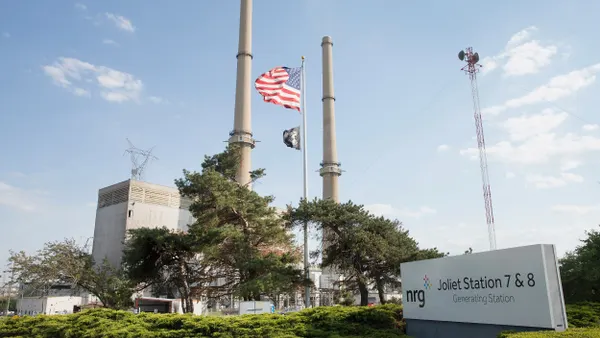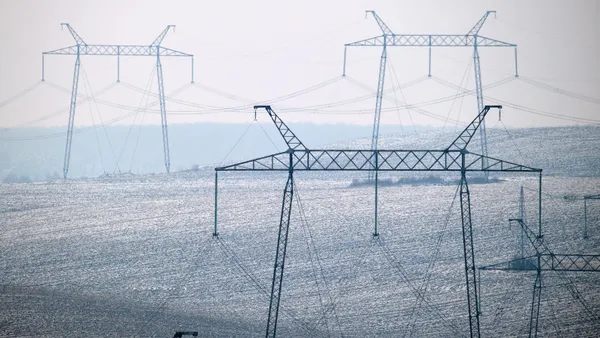Dive Brief:
- The U.S. Environmental Protection Agency (EPA), in a pair of August letters, urged federal regulators to revise draft environmental reviews for two natural gas projects, to include a social cost of carbon calculation in order to better understand their impacts.
- Columbia Gulf Transmission has proposed new gas facilities in Louisiana that EPA says would cause "over $205 million dollars in climate damages per year." Separately, Iroquois Gas Transmission has a proposed Northeast project that could do more than $144 million in annual damage, the agency said.
- The Federal Energy Regulatory Commission is independent and does not have to follow EPA's recommendations, according to Gillian Giannetti, an attorney with the Natural Resources Defense Council. But the agency is "extremely influential" and using the carbon cost calculation could help meet President Joe Biden's plans to decarbonize the U.S. economy.
Dive Insight:
The social cost of carbon calculation was developed by the Obama administration, but its use in reviewing gas projects has been sporadic — sometimes referenced by FERC commissioners, but never incorporated into a decision. With the new administration focused on eliminating all greenhouse gas emissions in the next 30 years, that could be shifting, Giannetti said.
Columbia Gulf wants to build natural gas transmission facilities in Louisiana, including two new compressor stations, a new point of delivery meter station, and about eight miles of 30-inch-diameter pipeline lateral. Iroquois has requested authorization to build gas transmission facilities in New York and Connecticut as part of its existing system, to supply Consolidated Edison and KeySpan Gas East.
"EPA strongly recommends that FERC use the social cost of greenhouse gases to assess climate impacts generated by each additional ton of greenhouse gas emitted," EPA wrote in an Aug. 16 letter regarding the Columbia Gulf project. It made similar comments in an Aug. 9 letter regarding the Iroquois project.
The agency also acknowledged "the uncertainty associated with these methods," but encouraged using estimates "that reflect the best available science and methodologies to incorporate the value to society of net changes in direct and indirect [greenhouse gas] emissions resulting from a proposed action."
EPA's letters are "a significant return to the Environmental Protection Agency supporting and evaluating the value of the social cost of carbon," Giannetti said. "For years there was a disconnect between the tools the prior administration worked to develop ... and the messages being delivered to FERC and other agencies that need to evaluate climate emissions."
The letters "support that the social cost of carbon is once again respected as a valuable tool," Giannetti said.
FERC Chairman Richard Glick has advocated using the social cost of carbon in reviewing projects.
"By measuring the long-term damage done by a ton of carbon dioxide, the Social Cost of Carbon links [greenhouse gas emissions] to actual environmental effects from climate change, thereby facilitating the necessary 'hard look' at the project’s environmental impacts" that the National Environmental Policy Act requires, he wrote in March 2020, dissenting in a case regarding a proposed project by Gulf South Pipeline.
Both Iroquois Gas Transmission and Columbia Gulf Transmission declined to comment for this story. The commission issued draft reviews of the projects in June and July, respectively.
Iroquois has issued a brief response to comments on its draft environmental review, asking FERC to conclude "that the net GHG emissions resulting from the [project] are not significant." And, the company said the immediate docket was not the appropriate place to discuss using the social cost of carbon to review its project.
If FERC chooses to consider a social cost of carbon, Giannetti said it could result in the commission requiring mitigation measures such as new construction techniques, carbon budgeting or payments to communities. "A wide menu" of options could be on the table, but they are "controversial, even among folks on the environmental side."
"The key question is whether FERC has that mitigation authority," she said, though "there are legitimate concerns about essentially saying you can emit these things as long as you can afford it."













